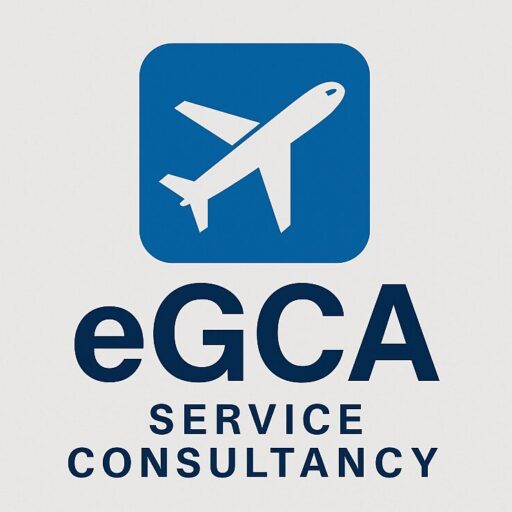When we board an aircraft, buckle our seatbelts, and prepare for takeoff, we often think of the pilots and cabin crew. Rarely, if ever, do we consider the Aircraft Maintenance Engineers (AMEs) who make that journey possible and, more importantly, safe.
In India’s regulatory framework, the role and responsibility of AMEs are firmly embedded within the Civil Aviation Requirement (CAR) Section 2 Series ‘E’ Part XV — CAR 145, which outlines the approval and operation of maintenance organisations. Let’s explore how CAR 145 elevates the role of AMEs and defines their importance in the safety chain of civil aviation.
🔧 What is CAR 145?
CAR 145, issued by the Directorate General of Civil Aviation (DGCA), is the regulatory foundation for organizations approved to maintain aircraft and aircraft components. The regulation aligns with international EASA Part-145 standards, ensuring India’s aviation maintenance practices meet global expectations.
👨🔧 The AME: Certified, Accountable, Indispensable
Within the framework of CAR 145, the AME is not just a worker on the hangar floor. They are a licensed engineer, authorized to certify that aircraft are airworthy and safe to fly. Here’s how CAR 145 empowers and regulates AMEs:
✅ Certificate of Release to Service (CRS)
Only a certifying staff (AME) can issue a CRS under CAR 145. This certificate is the legal declaration that all required maintenance has been carried out properly and the aircraft is fit for service.
🛡️ In simple terms: No aircraft can fly unless an AME signs off.
📘 Competence and Continuous Assessment
CAR 145 mandates a comprehensive competence assessment system. AMEs must be trained, qualified, and regularly evaluated. An organization cannot simply hire a mechanic — it must ensure the AME has:
- The right licenses and ratings,
- Up-to-date training on current aircraft types,
- And a proven record of regulatory compliance and technical competence.
📋 Accountability in a Regulated Environment
AMEs are responsible not only to their employer but also to the DGCA. Their actions have legal implications under the Aircraft Act and Rules. A mistake in certification or deviation from protocol can result in license suspension, cancellation, or criminal liability.
🧩 Where AMEs Fit into the Safety System
CAR 145 integrates the AME into every level of operational safety:
- Line Maintenance: AMEs perform inspections between flights, fix snags, and ensure serviceability.
- Base Maintenance: They handle in-depth checks, modifications, and overhauls in hangars.
- Component Maintenance: Even parts like landing gears and avionics are signed off only after AME-certified work.
🌐 Global Standards, Local Excellence
By aligning with EASA standards, CAR 145 ensures that Indian AMEs are globally competent. Indian AMEs often work in MROs that service aircraft from international operators. Their training and compliance are world-class, and many AMEs move on to work in international airlines and MROs, a testament to the high standards set by DGCA.
📣 Why This Matters
India is fast becoming a hub for aviation and MRO services, and the demand for skilled, qualified AMEs is surging. Yet, public recognition of their role remains low.
Let’s be clear:
✈️ Every flight that lands safely is a silent victory for the AME who signed it out.
Whether you’re a student considering a career in aviation, a parent exploring opportunities for your child, or a passenger curious about the people behind the scenes — understanding the value of an AME is essential to appreciating modern aviation.
🔍 Final Thought
The next time you fly, take a moment to remember the AME who didn’t just check the aircraft — they protected your life.
If you’re considering aviation as a career or want help with your AME licensing, training, or DGCA approvals, visit us at EGCA Service Consultancy. We’re here to guide you with compliance, training, and documentation — from CAR 66 to CAR 145.
